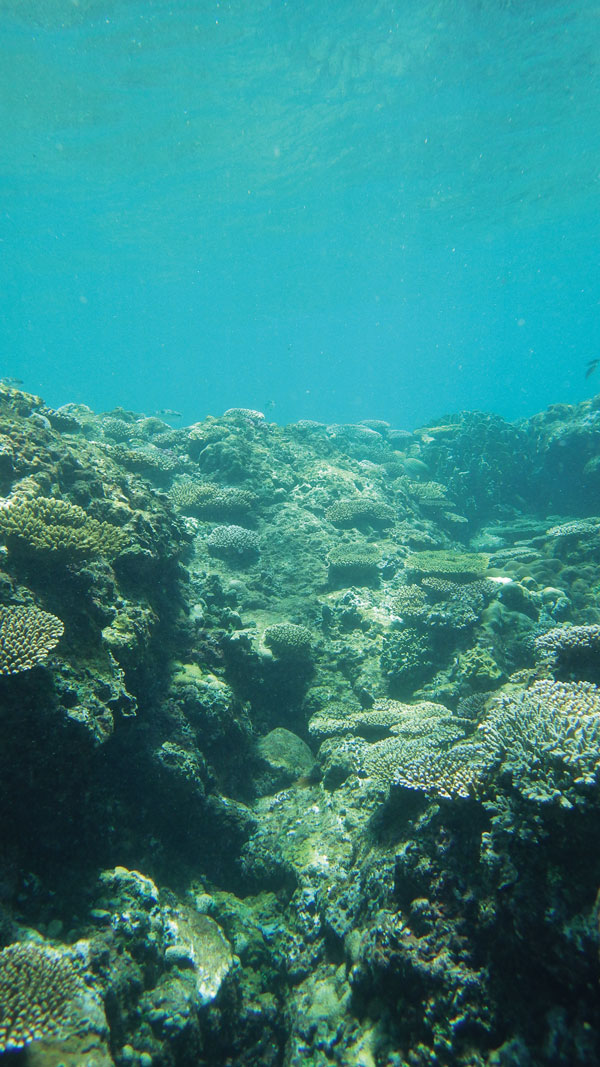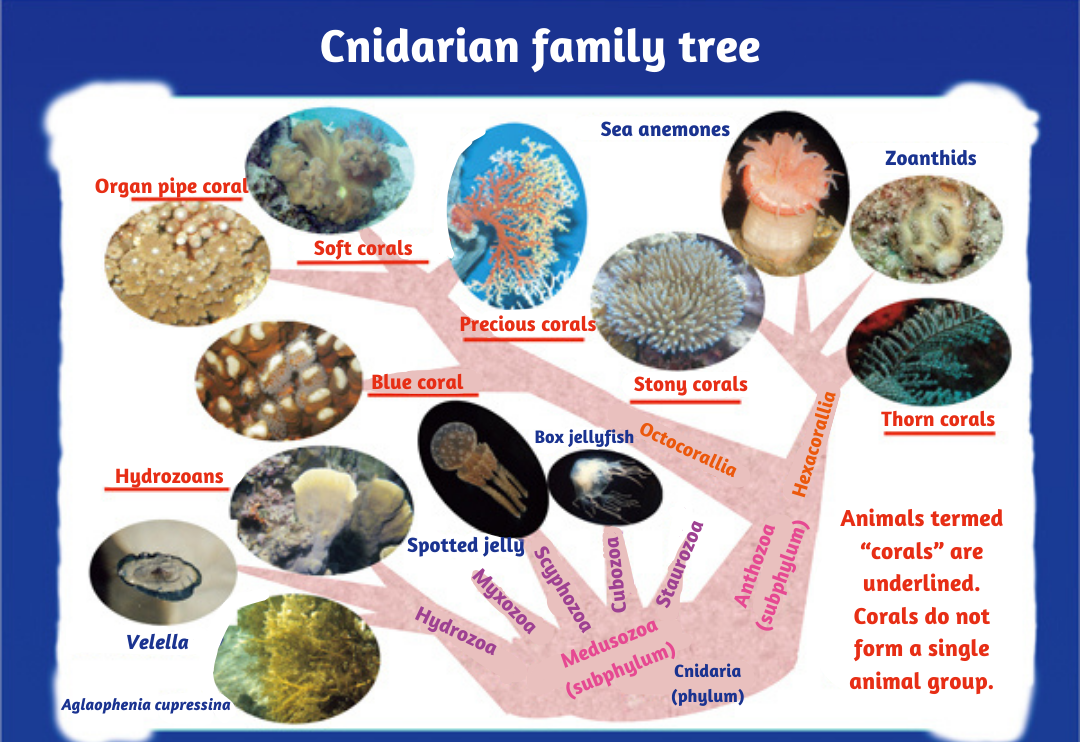UTokyo researchers answer questions on 21 GX (Green Transformation) topics from their specialist viewpoints. Through questions that cannot simply be brushed off as someone else’s concerns, take a peek into GX and our world of research.
Q4. Is it true that corals are moving northwards in response to global warming?
Since corals like warm water, do they give a “warm welcome” to global warming? Is it a problem if their geographic range changes?Answered by Nina Yasuda
Professor, Graduate School of Agricultural and Life Sciences
Marine Ecology


Adaptation, migration or extinction
As global warming progresses, the temperature of the sea increases. The average temperature of the world’s oceans has increased by approximately 0.5°C in the last 100 years, with even a jump of around 1.2°C recorded in the Pacific Ocean to the south of Japan. Living organisms respond to such big changes in the environment in one of three main ways: adaptation (here also meaning adjustment), migration or extinction. In the case of some corals, which I am studying, many opt to migrate, leading to changes in their range across the world’s oceans.
Like plants, symbiotic zooxanthellae in corals absorb CO2 and create energy and oxygen, and hard corals also act as a habitat for other organisms. Most reef-building corals host a type of algae called zooxanthellae within their bodies. In return, the zooxanthellae conduct photosynthesis and provide the corals with energy. However, the delicate balance between the two types of organisms is easily upset by changes in ocean temperature. Although corals generally prefer warm seas, if the water temperature is too high, zooxanthellae break out of the coral’s cells, making the color of the coral’s skeleton visible — a phenomenon known as bleaching. If this situation continues, the coral eventually dies as it no longer can receive nutrients from the zooxanthellae.
At present, the Tateyama region in Chiba Prefecture is the northernmost limit for corals around Japan, with 20 to 30 types found in the surrounding sea. In contrast, fossils from around 100 species of coral have been excavated from Tateyama’s rock strata dating to the Jomon period (roughly 13,000 BCE – 300 BCE), when the climate was warmer than it is today. This tells us that the range of corals reached further north in those days. Or to put it another way, if the sea gets warmer, corals in marginal populations move north; if it gets colder, they move south. Fossils from the past therefore reveal that when climate changes, the range of living organisms changes in response.
Organisms can adapt to moderate environmental changes
The migration of living things is not in itself a problem; their relationship with humans is what causes issues. As an example, people living near the coast in temperate zones used to catch and eat fish that spent their larval stage in seaweed beds. Then, as the water temperature changed, other unfamiliar fish started to turn up there. A fish highly prized in Okinawa Prefecture, for instance, won’t sell in Miyazaki Prefecture if people there aren’t familiar with it, which is problematic for fishers. Likewise, it becomes a major problem when a fish that is a local delicacy can no longer be caught in that locality. But in such cases, it is we humans that need to adapt to these changes, such as by inventing ways to eat unfamiliar fish and creating new delicacies from them.
Living organisms are capable of adapting (adjusting) to their environment to some extent. The more moderate the warming, the higher the possibility of adapting. For example, even if an organism could tolerate an increase in water temperature from 31°C to 32°C, a sudden change from 24°C to 32°C would probably be fatal. It is difficult to predict to what extent any particular change will be tolerable, and there have been cases where adaptations have succeeded against all expectations. However, even in such cases, the more moderate the change is, the better. The same applies to humans. This is why our efforts to slow down global warming are so important.
At the UN’s 15th Conference of the Parties to the Convention on Biological Diversity (COP15) held in December 2022, member nations agreed to designate at least 30% of the Earth’s land and oceans as protected areas by 2030. Research is necessary to establish evidence-based marine protected areas. Since corals disperse their larvae throughout the ocean, they are linked across regions. Thus, if one species is protected, it is also necessary to protect others. I am working to clarify these connections between marine organisms in different regions, and contributing to the creation of a framework to preserve genetic diversity in the protected areas.

Illustrator: Dr. Masanori Nonaka
A. Some do and some don’t.
The blue corals I am studying raise their young. They are “living fossils” that have existed since the Jurassic period before dinosaurs. After being wrapped in tentacles and nurtured for a while, the tentacles are retracted, and the larvae depart on the current. Only the female takes care of the larvae. On the other hand, the fast-growing and abundant stony corals in the Acropora genus are hermaphroditic “broadcast spawners.” They release a bundle of sperm and eggs into the sea, and it collides with and fertilizes a bundle released by another individual.

* This article was originally printed in Tansei 46 (Japanese language only). All information in this article is as of March 2023.







